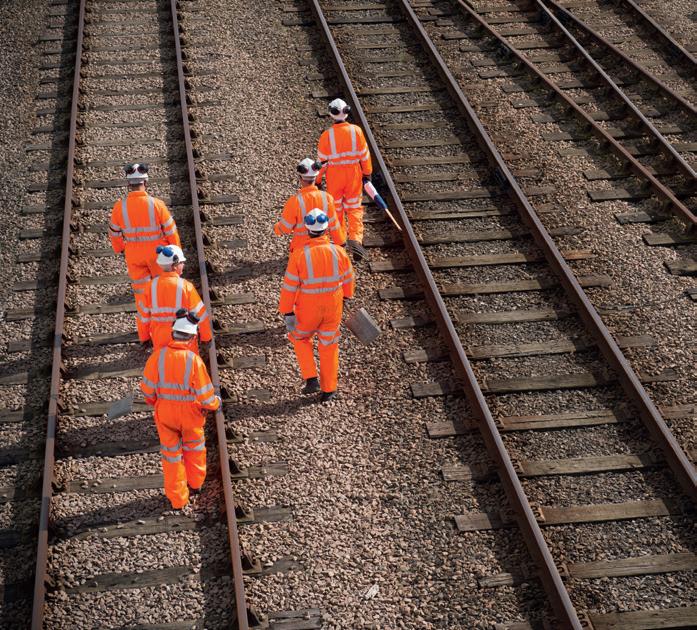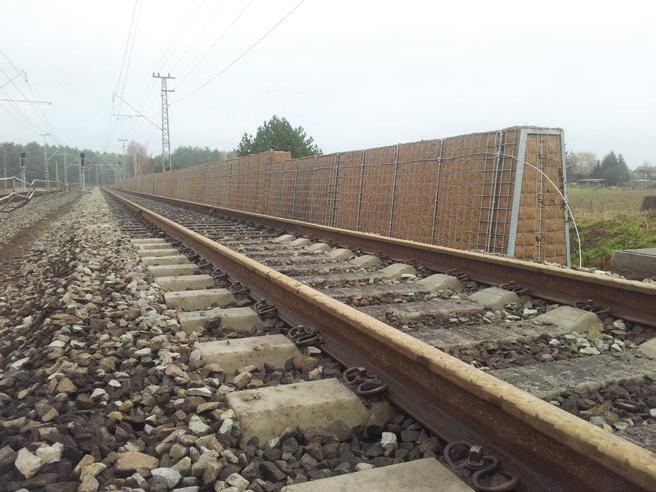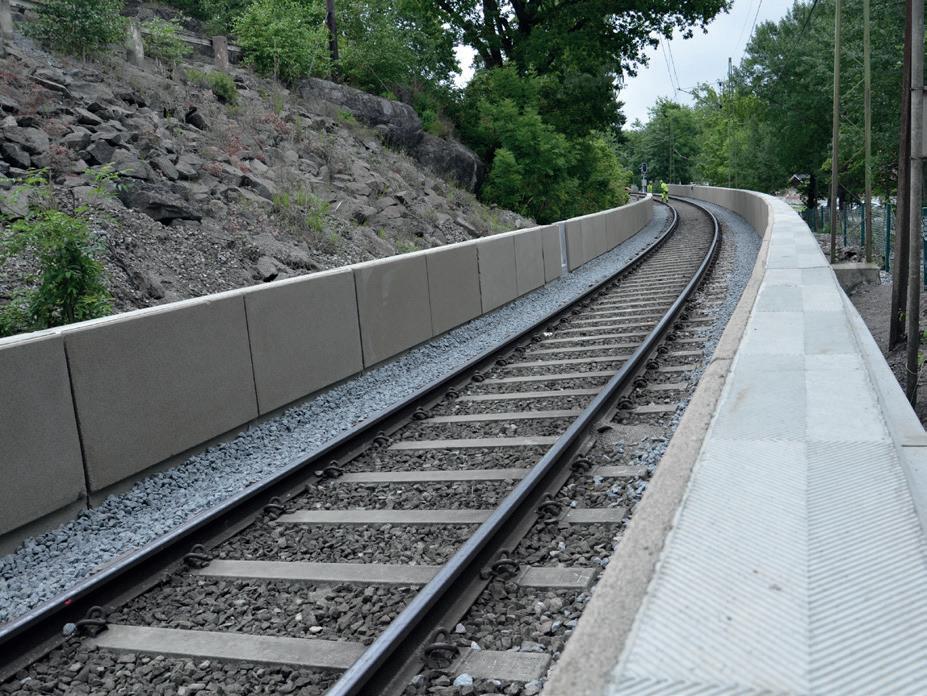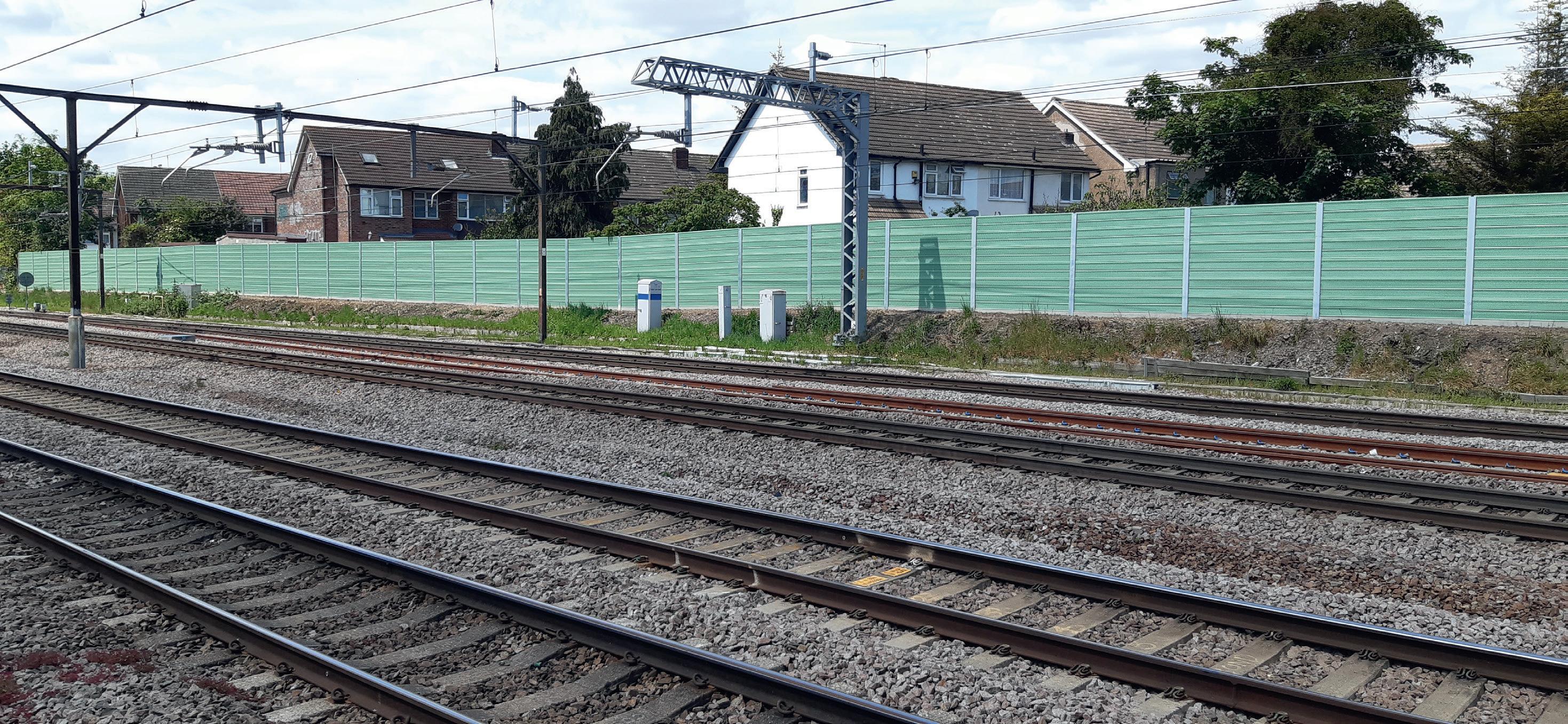
6 minute read
Skills

How data insights can transform rail skills
Sally Shellum and Jonny Buckley explain how a data-driven approach to training provides the opportunity for rail to get the right training to the right people at the right time
Having a skilled workforce with the right competences is fundamental to the rail industry’s ability to run safe and effective operations. Across the industry, tens of thousands of staff are deployed daily to inspect, maintain and upgrade our national infrastructure and rolling stock. All these employees need ongoing training to make skills and competences keep pace with the network’s evolving demands.
Planning training to provide the right skills and competences when and where they’re needed is complex and timeconsuming. The sheer number of moving parts – from the changing conditions of infrastructure and assets, through to the roll-out of new technologies such as Digital Railway and modern rolling stock, and the developing nature of individuals’ knowledge and experience – is daunting.
This complexity is perhaps why rail, like other asset-heavy industries, has often tended to stick with traditional approaches to training needs analysis. Training has been allocated according to roles, grades and historical requirements, with plans based on the previous year’s training activity. But the drawbacks are many. Annual training plans are unable to evolve to reflect the changing situation on the ground, so are quickly out of date. And the lack of a clear link between training interventions and its impact on network performance means training spend is often seen as an overhead. At a time when rail industry budgets are coming under pressure, this misses an opportunity to frame training spend as an investment in raising operational standards and hitting performance goals.
Given this complex picture, industry leaders are left wondering how best to identify and deliver the right training to the right people at the right time, all while drawing a clear link to improved operational performance and safe delivery. The answer lies in using data and digital tools to make the link between performance, training needs and outcomes – and to do so at pace.
There are three actions that can drive this:
1. Use data-led evidence to uncover fresh insights into needs and outcomes. 2. Close the loop between training and performance. 3. Harness new digital delivery modes.
Use data-led evidence The traditional approach to training, based on precedent, organisational matrices and roles, can fail to improve the individual and team competence and capability needed to improve operational performance. Leaders need a fresh approach that’s driven by needs and outcomes, not by legacy working. Data-driven insights offer the potential for training leaders to identify far more effectively the learning interventions required to achieve optimal outcomes.
In this respect, Network Rail Training is already ahead of the game. PA is working with the organisation to develop awardwinning systems and decision-support tools that will modernise the industry’s approach to how it plans workforce learning. This includes aggregating and analysing operational data to link performance to the competences and skills needed to manage engineering tasks and deliver high-performing systems. PA and Network Rail have developed intelligent algorithms to calculate the impact of planned training interventions and understand how this will change both future competence requirements and, therefore future training requirements.
Close the loop Key to linking training and performance is making sure outcomes can be identified, tracked and assessed, noting that there is likely a lag between delivery of the optimal training plan and frontline teams having the opportunity to demonstrate their new skills on the infrastructure. Training is still largely viewed as an overhead rather than as an investment. Data can flip this on its head


and bridge the gap between training and outcomes – be they operational, safety or a wide range of other performance benefits, such as team productivity, faster fix time or a reduced engineering backlog. In doing so, the right velocity of data interrogation can turn measurement from a lagging indicator into a real-time dashboard of performance.
Data-driven analysis of outcomes can turn training from a headwind into a tailwind. With Network Rail having devolved its business and provided autonomy to its five delivery Regions, Network Rail Training has focused on developing an informed supplier service to its customers. By leveraging data and focusing on the upstream analysis of needs, Network Rail Training is able to support exceptionally busy frontline managers in their campaign to Put Passengers and Freight Users First.
Harness new digital delivery modes Data insights help ensure training gets to the right people. But it’s also important to deliver the right type of training. The societal shift to digital has transformed people’s expectations of how they will learn. Most of us now consult our smart phones rather than a reference manual to find out how to do something – the ‘YouTube’ approach to skills acquisition. So, training delivered solely through a traditional classroom interface may no longer cut it.
Digital tools provide a host of opportunities to supplement the traditional classroom experience and deliver learning and instruction resources at the point of need – a case of augmenting courses with resources. Here too, there is a real opportunity for rail to modernise and innovate. This could include, for example, designing and developing intuitive apps to support frontline staff with tasks such as the inspection and maintenance of assets or providing guidance on how to lead and manage their teams. The potential for innovation at the point of delivery is significant, with developments in virtual and augmented reality and the 3D printing of complex mechanical components offering exciting opportunities to enhance the learner experience and embed knowledge and new skills.
The track ahead As rail leaders seize the opportunity to innovate, they’ll need to be aware of the significant cultural shift required. The strong attachment to long-established training entitlements won’t disappear overnight. Highquality engagement with stakeholders will be needed to realise the change. This will include working closely with frontline managers to understand training demand as well as expert change management to introduce the workforce to a performance-focused approach driven by network requirements.
The prize for the industry, however, is invaluable – a workforce with the right skills to operate and maintain high-performing systems that meet customers’ growing expectations of the rail network, and greater longevity of talent that delivers on both the economic and cultural expectations of the rail industry.
Sally Shellum and Jonny Buckley are Rail and Transport Infrastructure experts at PA Consulting



RAILSoundBlok®
The rail industry’s best kept secret... Acoustic Noise
Barrier Specialists
E: info@grammbarriers.com T: 01323 872243
ECOSoundBlok®
• SILENTRail® Coating • ECOSoundBlok® • GRP Fencing • Acoustic Barriers • RAILSoundBlok®
Low Level Barrier • Weldmesh
WE ARE













